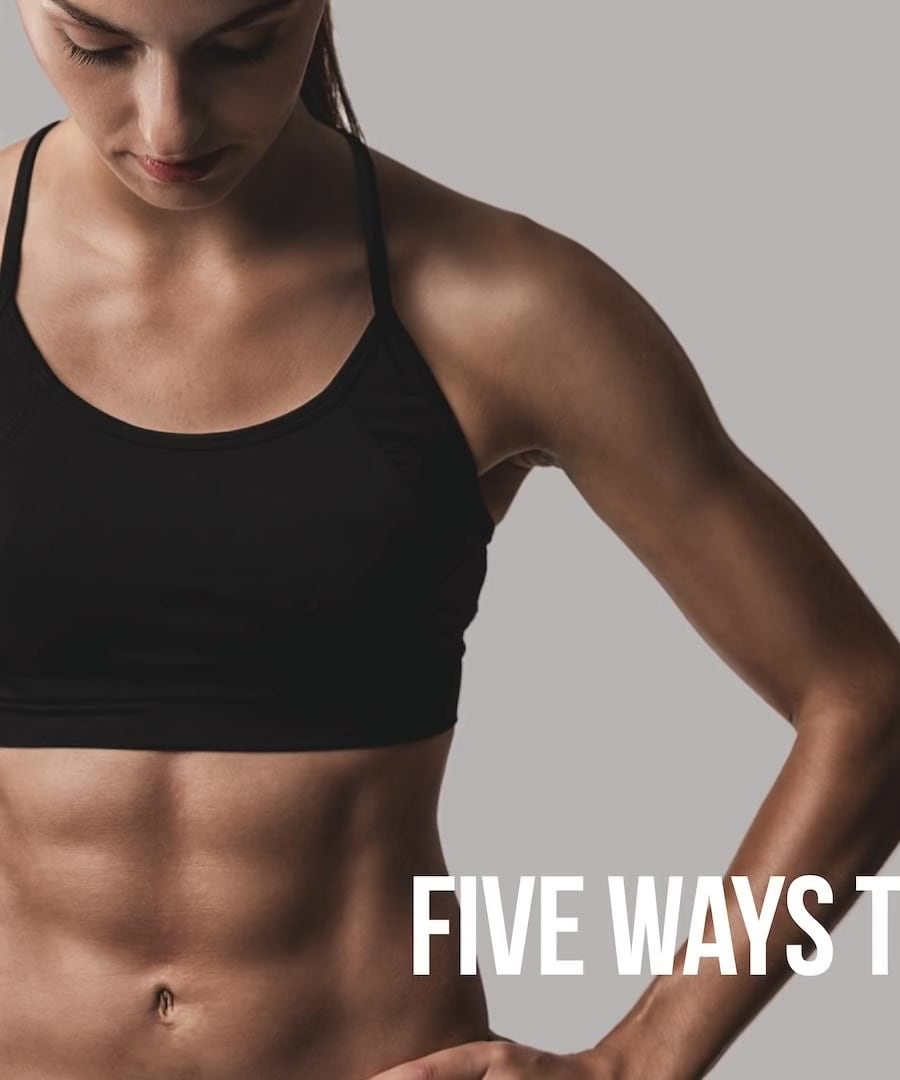What is the vacuum maneuver?
Sources:
The vacuum maneuver, often referred to as the vacuum pose, involves drawing in the stomach to activate the transverse abdominis (TVA) muscles, creating a visible tightening of the waist. This method is historically known in bodybuilding for its aesthetic benefits, specifically flattening the stomach and defining the core.
Key Aspects of the Vacuum Maneuver:
- Definition: Drawing in the abdominal muscles towards the spine, effectively "sucking in" the stomach.
- History: Popularized by bodybuilders like Frank Zane, known for his vacuum pose that made his waist look extremely small 1.
- Purpose: Strengthening the TVA helps in flattening the stomach and supporting overall core strength. This exercise can also reduce waist circumference without significant fat loss by simply tightening the muscles 2.
- Post-Pregnancy: Particularly beneficial for new mothers who experience a 'pooch' due to weakened core muscles after childbirth. Strengthening the TVA through vacuum poses can help tighten the midsection effectively 2.
Practical Use:
- Starting Position: Often performed on hands and knees to engage the core muscles properly.
- Advanced Technique: Integrating the vacuum maneuver with exercises like crunches enhances muscle activation and control during the movement 1.
Benefits:
- Improves core stability and support for the spine.
- Can visually reduce waist size by strengthening and toning the core muscles.
- Helps in reconnecting and strengthening core muscles post-pregnancy.
Overall, the vacuum maneuver is a highly effective exercise for enhancing core strength and abdominal aesthetics.
RELATED QUESTIONS

